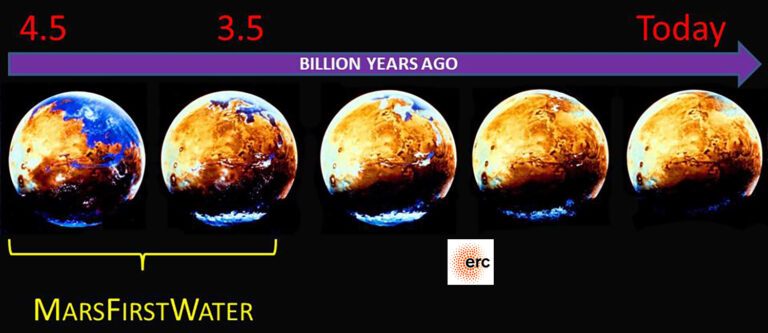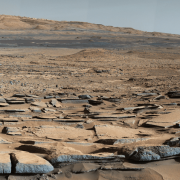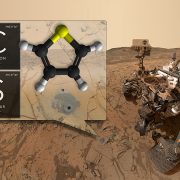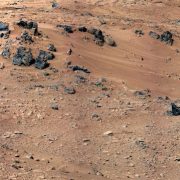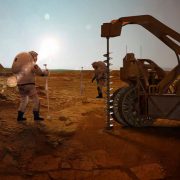PI: Alberto González Fairén
CO-Is: Armando Azúa Bustos (CAB), Francesco Salese (CAB), Antonio Molina Jurado (CAB), Laura García Descalzo (CAB), Miguel Ángel Fernández Martínez (McGill University)
PhD students: Cristina Robas García (CAB)
There is now broad agreement that a complex hydrological cycle existed on the surface of ancient Mars, including the presence of large glacial masses, the formation of extensive river valleys, the accumulation of liquid water on the surface in the form of lakes and seas, and a long history of climate change and drying of the planet’s surface and atmosphere. However, there are still outstanding questions whose complexity has eluded a definitive answer to date, such as determining the original amount of water on Mars and its evolution on a global and regional scale, quantifying whether there was more liquid water or more ice, understanding how water interacted with the bedrock, defining what geomorphologies and mineralogies generated the presence of ice and water, and advancing the possible implications that all these factors may have had on the possible origin and evolution of life on Mars.
Our research will begin by analysing the processes that brought liquid water and ice to the Martian surface; how, where and when that water was mobilised; what kind of geological formations, sediments and mineralogies generated the liquid water; and what implications this cycle may have had for the origin and early evolution of life on Mars. To achieve these goals, we will use data from current and past Mars missions, investigations on terrestrial analogues, computer models, and laboratory experiments.
The expected outcome of this project is to provide a new definition of the physical evolution, chemical alteration and potential habitability of the surface and subsurface environments of early Mars.






